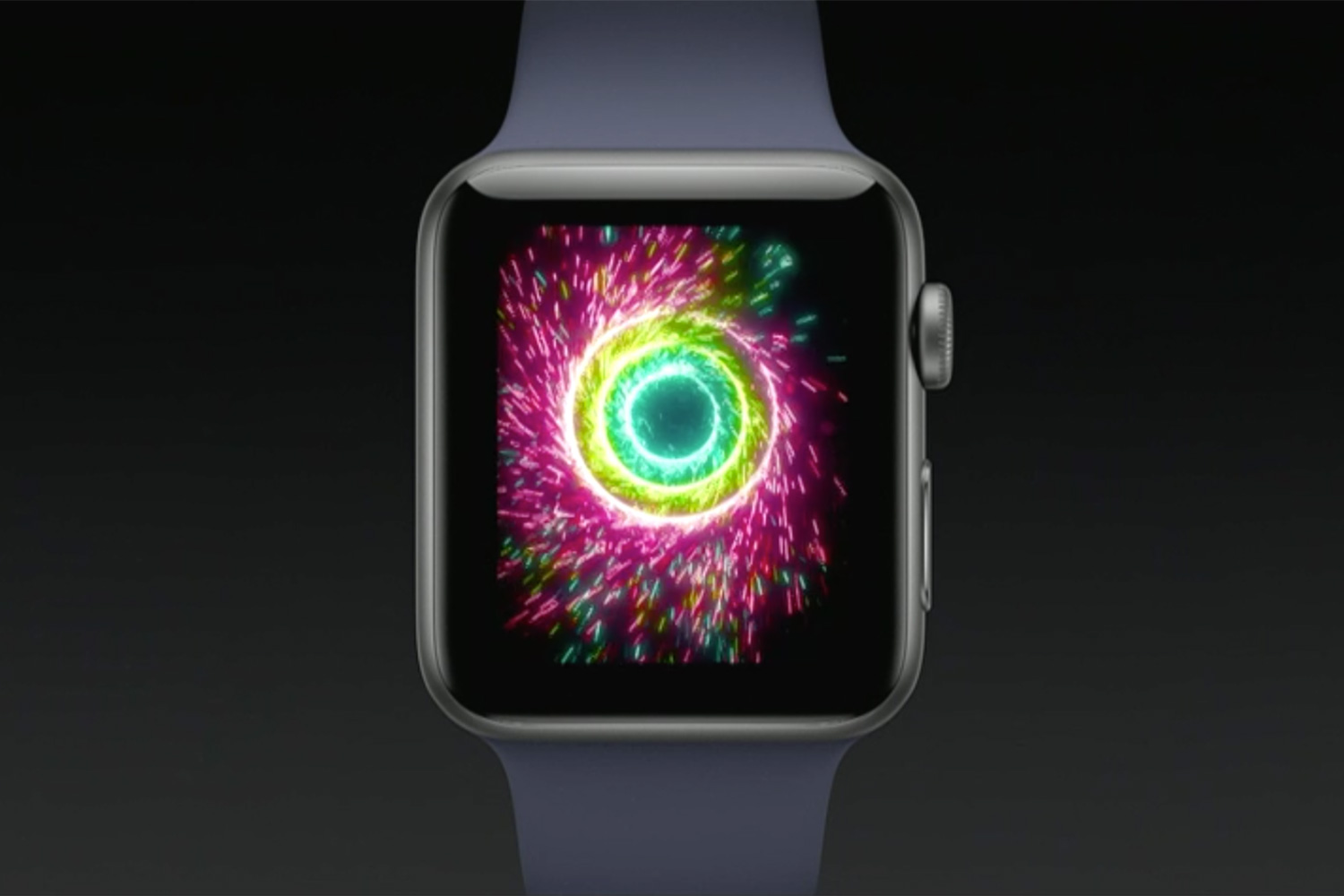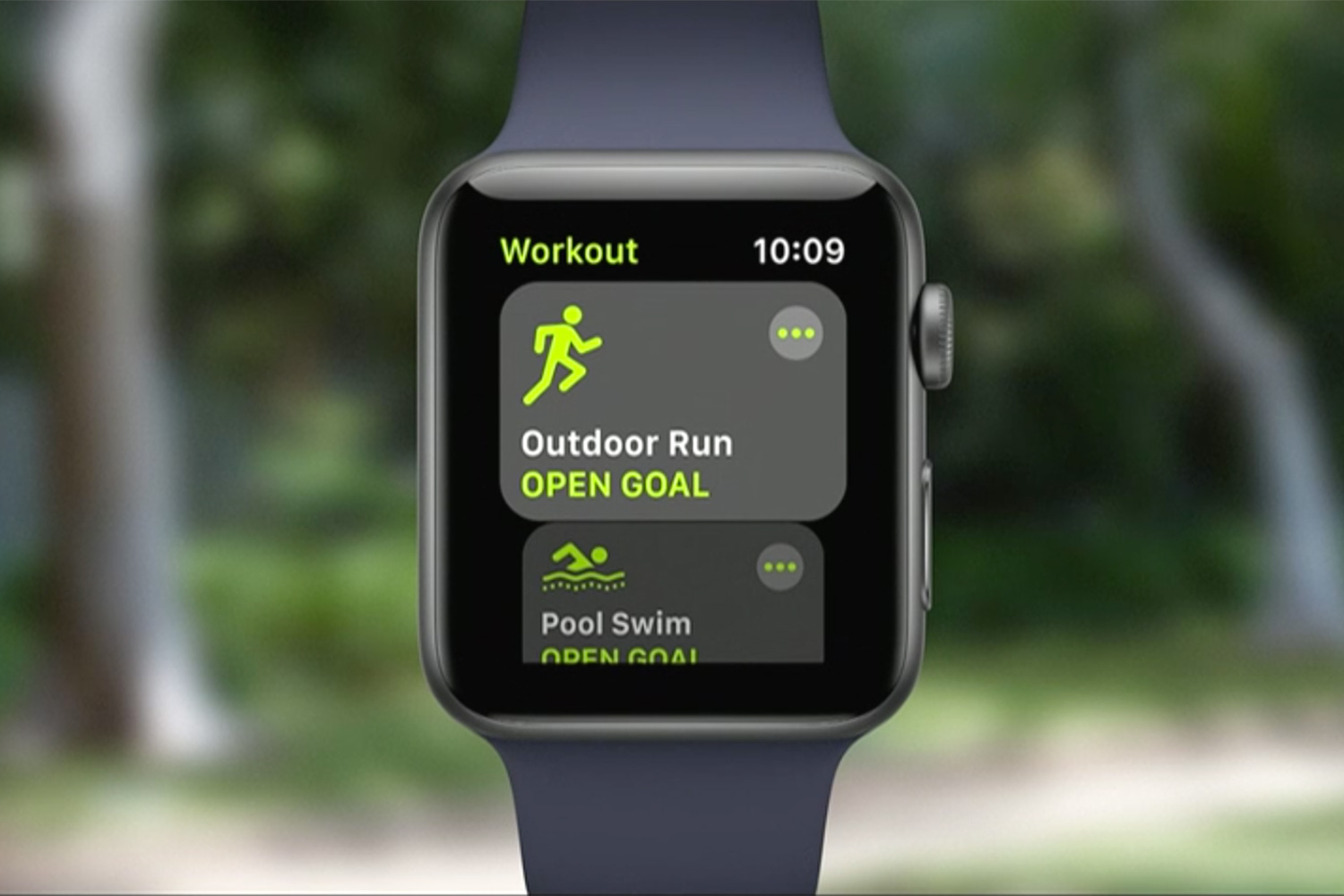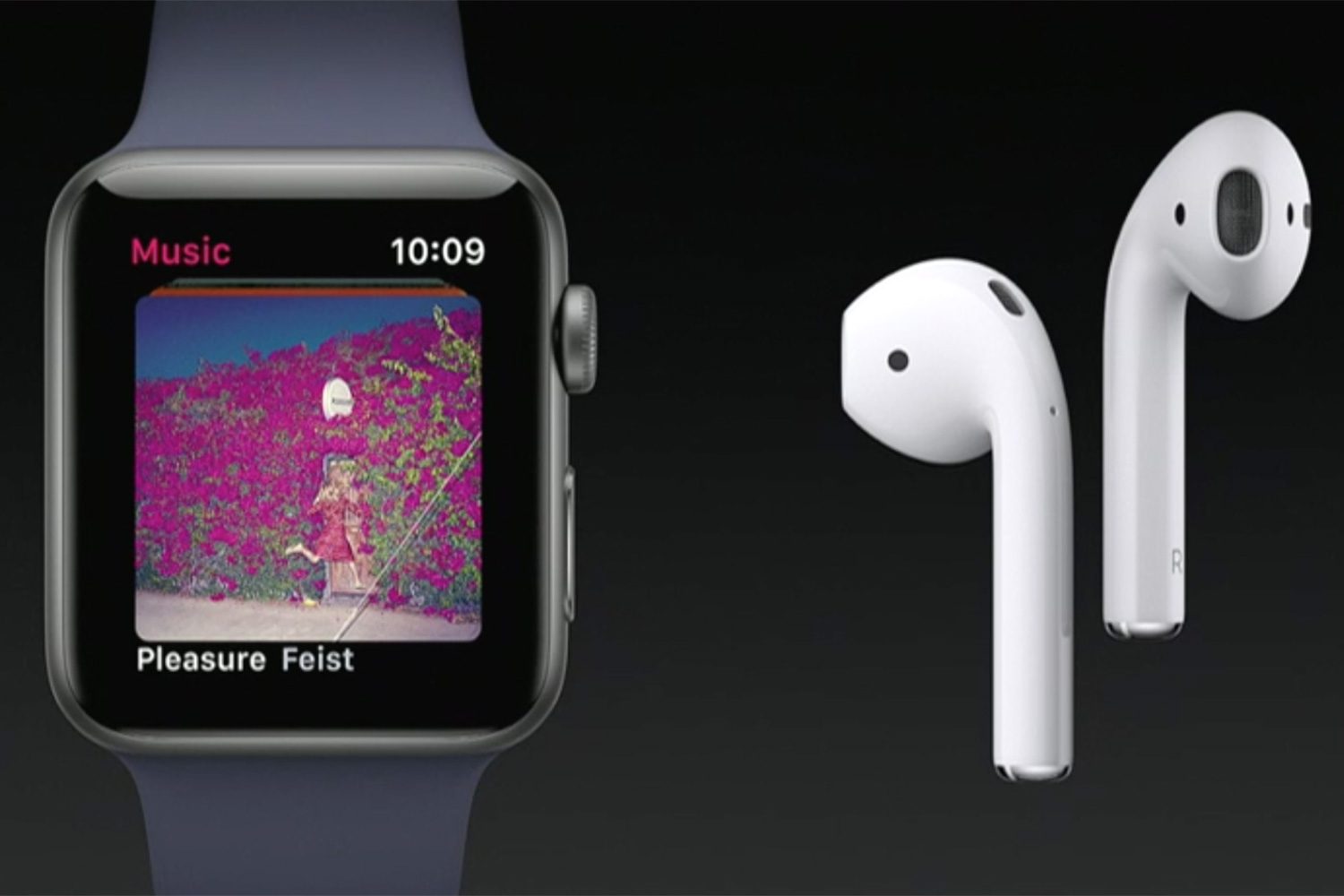The iPhone X, iPhone 8, and iPhone 8 Plus
If you’ve been waiting with bated breath for the next iPhone, you now have several to choose from. Apple announced three different iPhone models during its recent press conference: The iPhone 8, iPhone 8 Plus, and the much-hyped iPhone X (pronounced “ten”), which was clearly the event’s headliner, and pays tribute to the iPhone’s 10th anniversary.
The commemorative model opts surgical-grade stainless steel and glass, the latter of which makes up the rear panel. It’s both water- and dust-resistant, and will tout both wireless charging and a faster processor when it launches in the fall. Other highlights include an edge-to-edge OLED display, which offers 2436 x 1125-pixel resolution and 5.8-inches of real estate, along with upgraded camera components, including a dual-lens 12-megapixel rear shooter, dual optical image stabilization, and a slew of augmented reality features. The device also ditches the traditional home button — now, you just swipe up from the bottom of the display to get started. Face ID, another long-rumored feature, takes the place of Touch ID, allowing you to quickly unlock your device with a quick glance thanks to Apple’s new depth-sensing system.
The top-tier iPhone will be available in either 64GB ($1,000) or 256GB ($1,150) configurations, and will be available for pre-order on October 27, with deliveries currently set for November 3. There’s been no word on whether the device would be restricted in numbers, or which countries would will be able to pre-order the forthcoming device.
The iPhone X represents only a third of Apple’s fall lineup, however.
Earlier in the keynote, Apple CEO Tim Cook took to the stage to announce the iPhone 8 and 8 Plus. The two devices — previously thought to be the iPhone 7S and 7S Plus — have more in common with the last-gen iPhone 7 and 7 Plus than the aforementioned iPhone X, and are more of an incremental update than anything else. They tout the same 4.7- and 5.5-inch screen sizes and onboard bezels, though Apple has redesigned the chassis to allow for Qi wireless charging, much like the iPhone X. They also opt for an aluminum band along the edge and a rear panel made of glass, a stark contrast to the aluminum build characteristic of the iPhone 7.
Additionally, Apple has outfitted both iPhone 8 models with the same A11 Bionic processor found in the iPhone X, which should provide speedy performance via two high-performance cores and four high-efficiency cores. Apple calls it the most powerful chip set ever put into a smartphone, though, we’ll have to see wait and see how the hardware actually performs in real-world scenarios. As for the camera, both the iPhone 8 and 8 Plus come equipped with more advanced image sensors geared toward AR use, as well as a new portrait mode that uses machine learning to better manipulate light.
The iPhone 8 and 8 Plus will be available for pre-order on September 15, and start shipping on September 22. The smaller model will launch at $699 and the Plus will start at $799, both with 64GB of storage space. Larger, 256GB configurations will also available for $849 and $949, respectively.
Apple also set an official release date for iOS 11: September 19.
Apple Watch Series 3
New iPhones weren’t the only thing Apple had up its sleeve — or its wrist. As expected, Cook & Co. took the wraps off the next-generation Apple Watch, the Apple Watch Series 3. It doesn’t look all that different from the Apple Watch Series 2 or Apple Watch Series 1, but the devil’s in the details.
Apple’s “swim-proof” wearable features a new dual-core processor, one that allows for 70 percent faster performance. The device also now comes with a built-in barometric altimeter to better gauge metrics, along with built-in cellular capacity, meaning you can upload fitness data to the cloud, stream tunes via Apple Music, and place and receive calls without the need for a tethered iPhone. It’s a feature that has already been available on several Android Wear smartwatches, but rather than adding an internal antenna to achieve this, the display itself acts as the antenna.
Similarly, even a nano-SIM card would’ve been to cumbersome internally. Instead, the Apple engineers incorporated an electronic-SIM card at a fraction of the size for connectivity purposes. The Apple Watch Series 3 also features a W2 chip, allowing for improved Bluetooth and wireless connectivity. Despite all of these updated internal components, the watch remains nearly the same size as its predecessor, even if the crystal along the backside has been extended by a negligible 0.25 millimeters.
Furthermore, the latest Apple Watch will feature a series of new bands, finishes, watch faces, and exclusive Nike+ accessories. The cellular iteration of the Apple Watch 3 will retail for $400, while the version without cellular capacity will retail for $330. You can pre-order both models on September 15, and the phones will be officially available on September 22.
WatchOS 4
Apple briefly detailed WatchOS 4 alongside the Apple Watch Series 3, though, it had previously fleshed out many of the details during its World Wide Developers Conference in June. The latest iteration of WatchOS will provide more accurate and helpful activity coaching, a myriad of new watch faces, and bring voice-enabled Siri to your wrist. The “Achievement progress” feature will now send you personalized progress updates that inform you when you’ve nearly closed a “ring,” and will also encourage you to keep your current achievement streaks going. For example, if you’ve nearly closed your Move ring for the day, the app will suggest helpful ways to achieve this.
While the short terms goals are much easier to monitor and achieve, when it comes to health and fitness, the long term goals are key. Based on your activity and accomplishments from the previous month, WatchOS 4 will send you personalized challenges to surpass these previous marks. And like all of these other metrics, you can easily track your progress in the Activity app on your iPhone.
Apple has also made a few updates to the central component of this fitness tracker: The heart rate sensor. With the latest iteration of WatchOS, you can see your heart rate on the watch face in real time by simply raising your wrist. The watch will also monitor and relay information on your resting heart rate and your recovery heart rate after a workout. The improved monitor will also notify you when it senses your heart rate is elevated when you don’t appear to be active and other potentially dangerous cardiac conditions, including arrhythmia and atrial fibrillation.
Additionally, the redesigned workout app will have new features to better monitor activities such as swimming, skiing, and snowboarding. Similarly, the latest version will be able to sync with specific gym equipment via GymKit, allowing it to more aptly measure metrics on an exercise-specific basis. You’ll also be able to make payments via Apple Pay directly from your Apple Watch.
WatchOS 4 is scheduled to launch on September 19.
Apple TV 4K
Despite persistent rumors that Apple is developing an actual 4K television, no such announcement came at the company’s recent keynote. Instead, Apple unveiled the next evolution of its Apple TV streaming box, now with 4K Ultra HD and HDR support.
To complement the new box’s 4K functionality, Apple is pushing for more 4K content, working with studios to ensure that Apple’s users have access to 4K movies and shows without having to pay more for the privilege. According to Apple, users who have purchased HD content in iTunes will receive free upgrades to 4K HDR. So tight is Apple’s embrace of 4K that the company is even offering 4K screensavers on the Apple TV 4K.
Additionally, Apple is continuing to team up with game developers to produce video games for the Apple TV. The first big announcement was from Thatgamecompany (maker of Journey and Flower), which announced Sky, a lovely game in which players dart about the clouds and uncover hidden areas. Players can control this game simply by using the Apple TV remote, though, the device will also support traditional controllers.
Apple TV 4K will also connect with other Apple devices, allowing users to stream photos and videos directly from their iPhone or iPad to their TV. The Apple TV 4K comes in 32GB and 64GB models, starting at $179, and will be available for pre-order beginning September 15. It’s unclear if the new Apple TV will be able to dethrone the Roku Premiere+ as our favorite streaming device, but we look forward to seeing the attempt.
AirPower

As previously mentioned, the iPhone 8, iPhone 8 Plus, and iPhone X all feature wireless charging. At the end of its keynote presentation, Apple also announced that it’s currently working with Qi to develop AirPower, a Qi-based wireless charging standard that will allow you to charge up to three devices simultaneously. The AirPower charging mat won’t officially launch until 2018, but once released, it will allow you to charge your iPhone, Apple Watch, and your AirPods — via a new charging case — at the same time. Until then, you can use any Qi-certified charging mat.
Update: We’ve updated this article to include official product information disclosed at Apple’s September 12 launch event.
Editors' Recommendations
- Best iPhone 15 deals: How to get Apple’s latest iPhone for free
- Apple used this free iPhone app to shoot Monday’s Scary Fast event
- Watch all of Apple’s Wonderlust videos right here
- Apple just announced the iPhone 15 Pro. Was it worth the wait?
- How to watch Apple’s iPhone 15 event today: 5 easy ways









